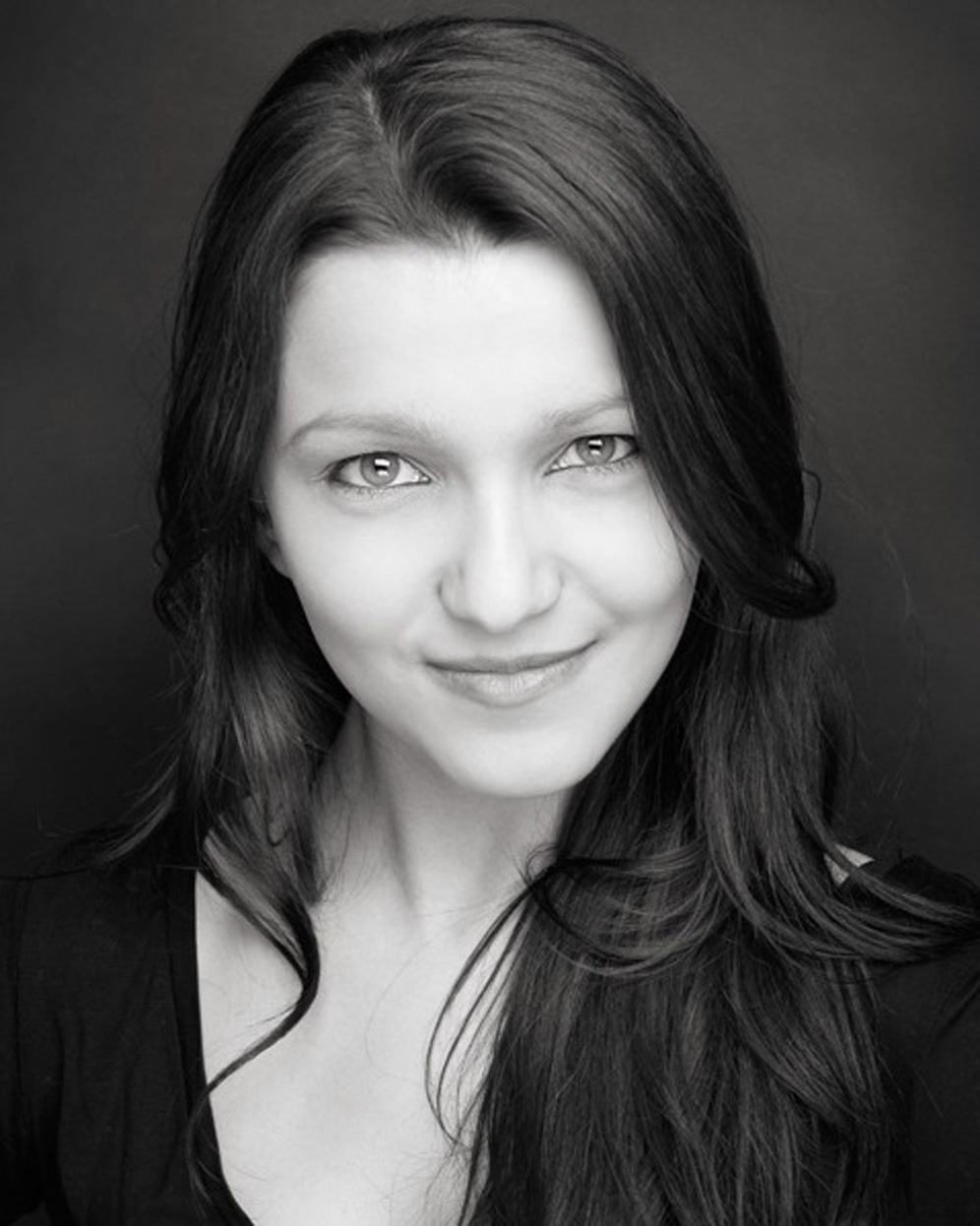

Scott Broderick, Ruhil Dongol, Krishna Rajan.Cluster Self-Organization of Intermetallic Systems: New Four-Layer Clusters K339 = and Three-Layer Clusters K147 = ) and K124 = in the Crystal Structure of Tb117Fe52Ge112-cF1124. Structural Chemistry of Intermetallic Compounds: Geometric and Topological Analysis Cluster Precursors K4, K6, and K21 and Self-Assembly of Crystal Structure S2Hg2-aP8, Cs2Hg4-oI12, and Cs10Hg38-tI48. New Types of Multishell Nanoclusters with a Frank–Kasper Polyhedral Core in Intermetallics. Connecting the Chemical and Physical Viewpoints of What Determines Structure: From 1-D Chains to γ-Brasses. Walters, Stephen Lee, and Roald Hoffmann. Au10Mo4Zn89: A Fully Ordered Complex Intermetallic Compound Analyzed by TOPOS. γ-Brass Polyhedral Core in Intermetallics: The Nanocluster Model.

Applied Topological Analysis of Crystal Structures with the Program Package ToposPro. Intermetallic Crystal Structures as Foams. Charlotte Bonneau and Michael O’Keeffe.A Collection of Topological Types of Nanoclusters and Its Application to Icosahedron-Based Intermetallics. Study on the Desulfurization of High-Sulfur Crude Oil by the Electrochemical Method. Al-Otaibi, Linhua Song, Wen Li, Qingyin Li, Hamid O. Crystal Chemistry of the New Families of Interstitial Compounds R6Mg23C (R = La, Ce, Pr, Nd, Sm, or Gd) and Ce6Mg23Z (Z = C, Si, Ge, Sn, Pb, P, As, or Sb). Federico Wrubl, Pietro Manfrinetti, Marcella Pani, Pavlo Solokha, and Adriana Saccone.On the Functionality of Complex Intermetallics: Frustration, Chemical Pressure Relief, and Potential Rattling Atoms in Y11Ni60C6. Topology of Intermetallic Structures: From Statistics to Rational Design. Intermetallic Reactivity: Ca3Cu7.8Al26.2 and the Role of Electronegativity in the Stabilization of Modular Structures. This article is cited by 66 publications. Thus, the nanoclusters A, A1, and A2 can be considered as “determinants” of the corresponding structures. The nanocluster A was found only in two Pearson classes: cF464 and hP238, while the nanoclusters A1 and A2 occur in β′-Mg 2Al 3 only. Using the TOPOS procedure of searching for finite fragments in infinite nets we found that nanocluster B is a typical fragment of intermetallic compounds: it exists in intermetallics belonging to 42 Pearson classes. The self-assembly scheme proves the similarity of β, β′-Mg 2Al 3 to other extremely complicated Samson’s phases, NaCd 2 and ZrZn 22 the spatial arrangement of the centers of nanoclusters in these structures as well as the topology of the corresponding network conform to the Laves phase MgCu 2. The self-assembly of the β, β′-Mg 2Al 3 crystal structures was considered within the hierarchical scheme: 0D primary polyhedral clusters (coordination polyhedra) → 0D two-shell primary nanoclusters A, A1, A2, or B → 0D supracluster-precursor AB 2 → 1D primary chain → 2D microlayer → 3D microframework. The nanocluster model interprets structural disordering in β-Mg 2Al 3: the disordered atoms form the inner shell of the nanocluster A, while the outer shells of all nanoclusters are preserved. Using the TOPOS program package that implements the method, we separated two types of two-shell primary nanoclusters A, A1, A2, and B consisting of 57−63 atoms that completely compose the structures of the polymorphs. A novel method for the computational description of intermetallics as an assembly of nanoclusters was improved and applied to extremely complicated crystal structures of β, β′-Mg 2Al 3 polymorphs.


 0 kommentar(er)
0 kommentar(er)
